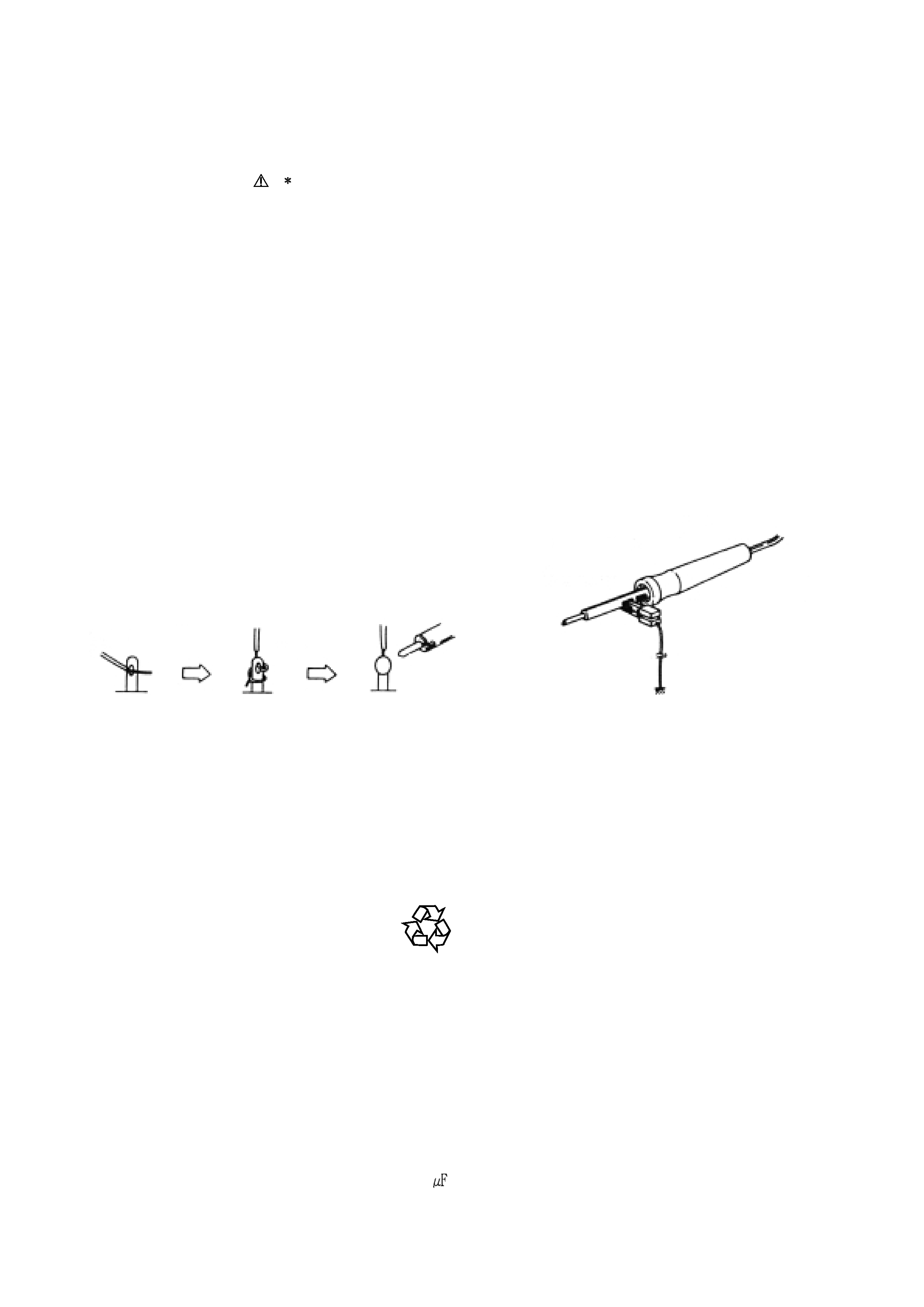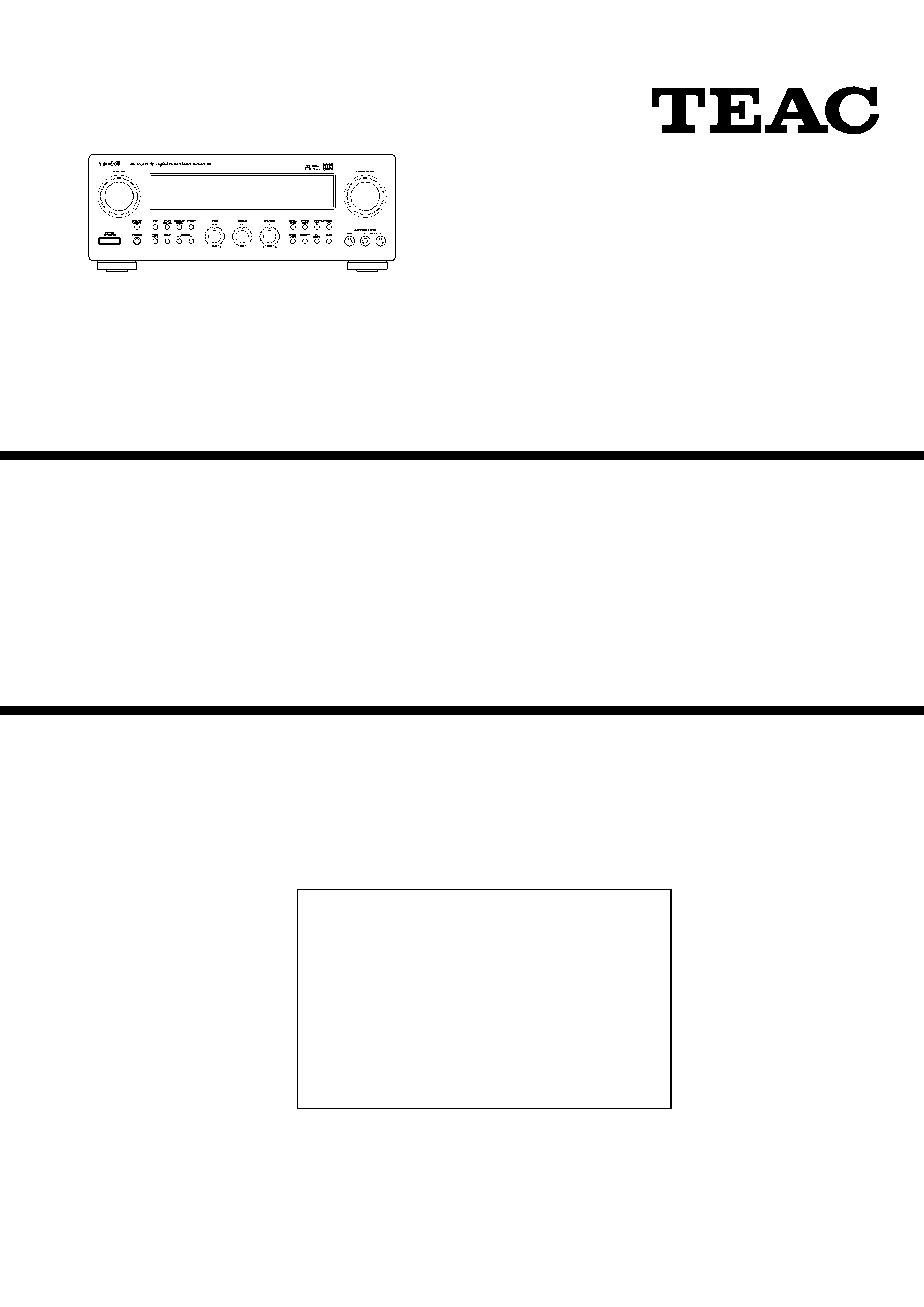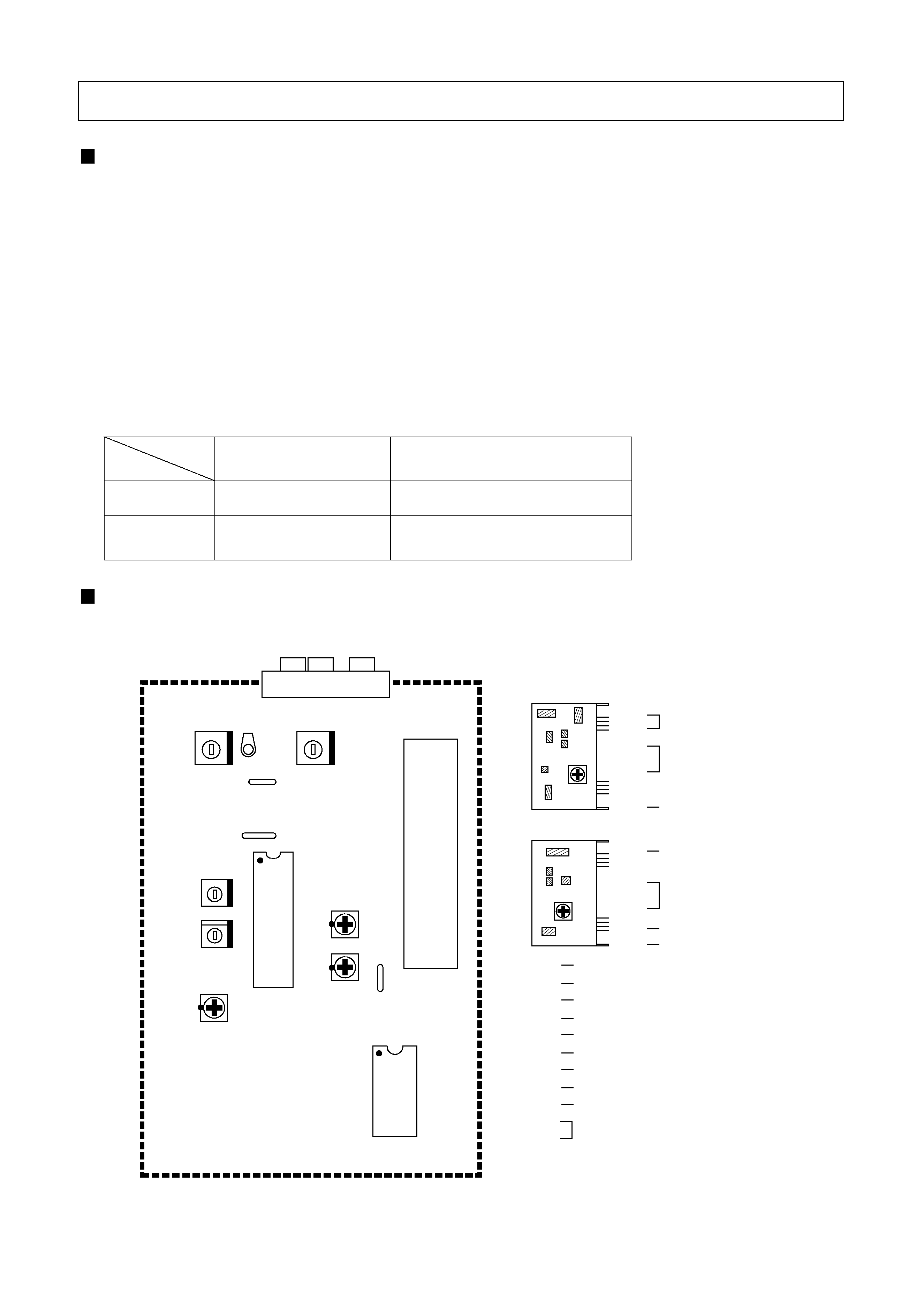
4
SAFETY INSTRUCTIONS
PRECAUTIONS DURING SERVICING
1. Parts identifide by the
( )symbol parts are critical
for safety. Replace only with parts number specified.
2. In addition to safety, other parts and assemblies are
specified for conformance with such regulations as
those applying to spurious radiation.
These must also be replaced only with specifide
replacements.
Examples :RF converters, tuner units, antenna
selectswitches, RF cables, noise blocking capacitors,
noise blocking filters, etc.
3. Use specified internal wiring. Note especially :
1) Wires covered with PVC tubing
2) Double insulated wires
3) High voltage leads
4. Use specified insulating materials for hazardous live
parts. Note especially:
1) Insulation Tape
2) PVC tubing
3) Spacers(insulating barriers)
4) Insulation sheets for transistors
5) Plastic screws for fixing micro switches
5. When replacing AC primary side components
(transformers, power cords, noise blocking
capacitors, etc.), wrap ends of wires securely about
the terminals before soldering.
6. Make sure that wires to do not contact heat
producing parts (heat sinks, oxide metal film
resistors, fusible resistors, etc.).
7. Check that replaced wires do not contact sharp
edged or pointed parts.
8. Also check areas surrounding repaired locations.
9. Make sure that foreign objects (screws, solder
droplets, etc.) do not remain inside the set.
MAKE YOUR CONTRIBUTION TO PROTECT
THE ENVIRONMENT
Used batteries with the ISO symbol for recycling
as well as small accumulators (rechargeable
batteries), mini-batteries (cells) and starter
batteries should not be thrown into the garbage
can.
Please leave them at an appropriate depot. All other house-
hold batteries can be thrown out with the household waste.
SAFETY CHECK AFTER SERVICING
After servicing, make measurements of leakage-current
or resistance in order to determine that exposed parts
are acceptably insulated from the supply circuit.
The leakage-current measurement should be done
between accessible metal parts (such as chassis,
ground terminal, microphone jacks, signal input/output
connectors, etc.) and the earth ground through a
resister of 1500 ohms paralleled with a 0.15
capacitor, under the unit's normal working conditions.
The leakage-current should be less than 0.5mA rms AC.
The resistance measurement should be done between
accessible exposed metal parts and power cord plug
prongs with the power switch (if included) "ON". The
resistance should be more than 2.2M Ohms.
PRECAUTIONS IN REPAIRING
When repairing or adjusting the unit, please note the
following points.
1. Do not put excessive pressure on the mechanical
part (operation part), including the pick-up block, as
extremely high mechanical precision is required in
these parts.
2. When the base is removed for repair adjustment,
make sure that there are no metal obiects in the
narrow gap between the P. C. board or the mecha
parts and the base
3. The Micro-Computer and the CD signal processing
ICs can be damaged by static electricity or leakage
from a soldering iron during repairing. While
soldering, please take the precautions against
leakage as in the illustration.
4. Do not loosen any screws in the pick-up block.
When handing the pick-up block, please refer to the
points to NOTE when replacing the pick-up block.
5. Keep safety for hazardous invisible Laser Radiation,
DO NOT watch the Laser Beam (Objective lens)
directly.
6. Models for some countries, laser warning labels are
affixed on the unit and inside of the unit, as shown
below. Read it carefully for your safety, when
repairing or adjusting the unit.
GND












